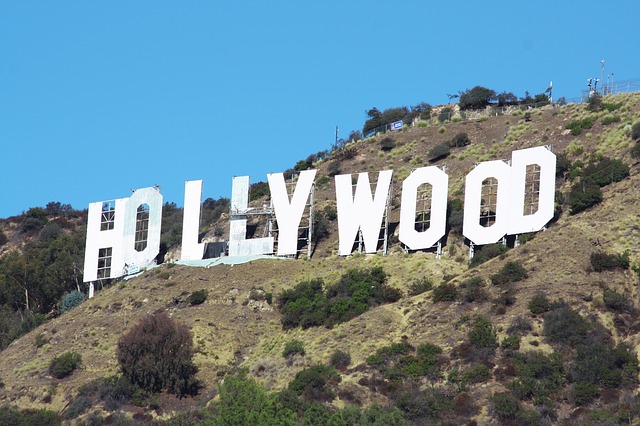
It’s no secret immigration plays an important role in the founding of the United States – it’s what created the US altogether, and formed it into what it is today. It is the cause of diversity, a melting of many cultures, and a nation where many languages are spoken. Greeks, Portuguese, and Italians came to the US in the 1900’s, as well as another country where emigrants left and came to play an important role in the shaping of the US. This country was Hungary, bringing large waves of Hungarians, one particularly large wave in 1849-1850. Following not too far after was the rise of cinema in the US, a place greatly affected by Hungarian immigration. Because of this, there is a great need for Hungarian translation in the US, particularly in places such as Hollywood. But to what extent have Hungarian immigrants’ affected American cinema in its past and present glory?
To start off, the US has a rich Hungarian population. The post WWII era brought as many as 130,000 Hungarians to the US. Currently, more than 1.4 million people claim to be fully or partially Hungarian, and over 100,000 of these still use Hungarian for communication.
Hungarian immigration has affected Hollywood in numerous ways. Many famous actors and actresses have come from Hungary or have a rich Hungarian heritage. Stephanie Courtney, well-known as “Flo” for Progressive, in fact, has a Hungarian mother. As did Drew Barrymore, one of the most notable actresses of our time. River Phoenix, Joaquin Phoenix, William Shatner, and Jerry Seinfeld are other actors of Hungarian descent.
These lists aren’t limited to actors; there are many producers/directors that were either born in Hungary or are of Hungarian descent, as well as musicians, writers, sportspeople, and more. It’s clear, Hungarian immigrants play a big role in modern, as well as past, cinema. Not only are they present everywhere, but around 27% of all Oscars go to people of Hungarian descent. They dominate the industry.
Places such as Budapest, the capital of Hungary, have also become a big part of Hollywood. Katy Perry’s “Firework” music video was shot here, as well as Gwen Stefani’s “Early Winter,” and Selena Gomez & The Scene’s “Round & Round.” Mission Impossible – Ghost Protocol (2011) was shot in Budapest, among other films and television series such as Dracula (2013), In the Land of Blood and Honey (2011), A Good Day to Die Hard (2012), Hercules (2014), as well as more recently, Spy (2015). Numerous films have also used Budapest disguised as other cities, mimicking Paris, Moscow, and fictional places. These films include Mortal Kombat (1995), Eragon (2006), Season of the Witch (2011), and The Raven (2012). It’s clear, not only do people of Hungarian heritage greatly affect cinema, Hungary itself does as well.
All in all, Hungary and Hungarians have greatly affected cinema and the United States as a whole. Their heritage is rich and well integrated into our modern society, and is a very big part of our country. This is more than enough to justify the importance of Hungarian translation in US businesses. America and its film industry has been, and will remain, affected by immigration and, in particular, Hungarian immigration, greatly.